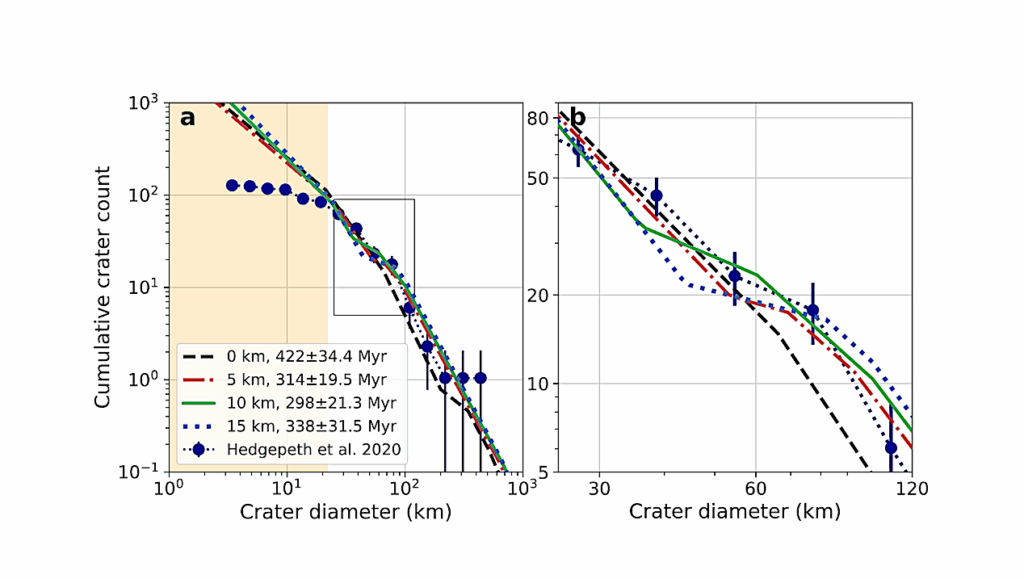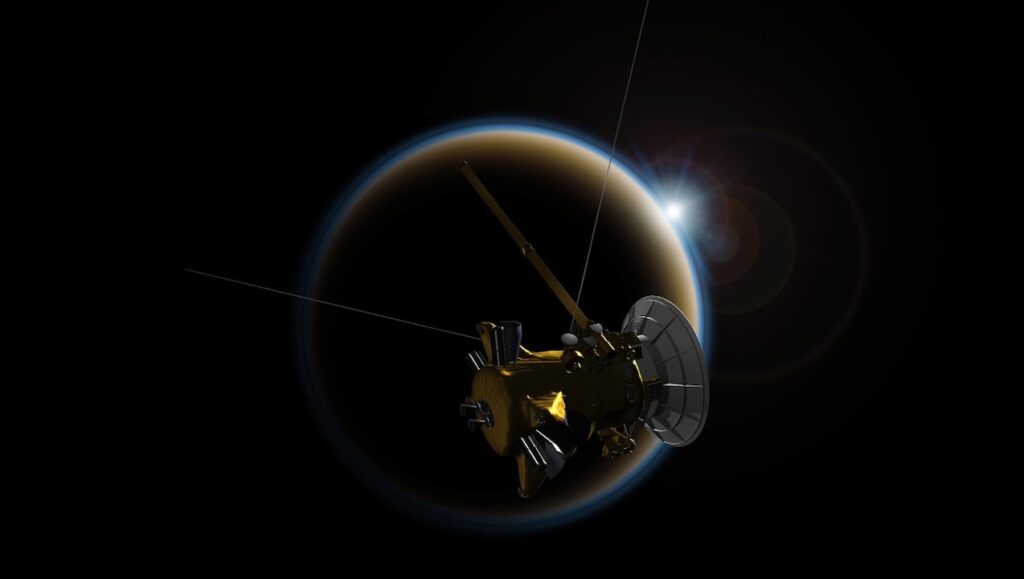A Cross-Laboratory Comparison Study of Titan Haze Analogs: Surface Energy

In Titan’s nitrogen-methane atmosphere, photochemistry leads to the production of complex organic particles, forming Titan’s thick haze layers.
Laboratory-produced aerosol analogs, or “tholins”, are produced in a number of laboratories; however, most previous studies have investigated analogs produced by only one laboratory rather than a systematic, comparative analysis. In this study, we performed a comparative study of an important material property, the surface energy, of seven tholin samples produced in three independent laboratories under a broad range of experimental conditions, and explored their commonalities and differences.
All seven tholin samples are found to have high surface energies, and are therefore highly cohesive. Thus, if the surface sediments on Titan are similar to tholins, future missions such as Dragonfly will likely encounter sticky sediments. We also identified a commonality between all the tholin samples: a high dispersive (non-polar) surface energy component of at least 30 mJ/m2.
This common property could be shared by the actual haze particles on Titan as well. Given that the most abundant species interacting with the haze on Titan (methane, ethane, and nitrogen) are non-polar in nature, the dispersive surface energy component of the haze particles could be a determinant factor in condensate-haze and haze-lake liquids interactions on Titan. With this common trait of tholin samples, we confirmed the findings of a previous study by Yu et al. (2020) that haze particles are likely good cloud condensation nuclei (CCN) for methane and ethane clouds and would likely be completely wetted by the hydrocarbon lakes on Titan.
Jialin Li, Xinting Yu, Ella Sciamma-O’Brien, Chao He, Joshua A. Sebree, Farid Salama, Sarah M. Horst, Xi Zhang
Comments: 20 pages, 5 figures, 6 tables
Subjects: Instrumentation and Methods for Astrophysics (astro-ph.IM); Earth and Planetary Astrophysics (astro-ph.EP)
Cite as: arXiv:2112.04904 [astro-ph.IM] (or arXiv:2112.04904v1 [astro-ph.IM] for this version)
Submission history
From: Xinting Yu
[v1] Tue, 7 Dec 2021 21:28:44 UTC (2,182 KB)
https://arxiv.org/abs/2112.04904
Astrobiology,








